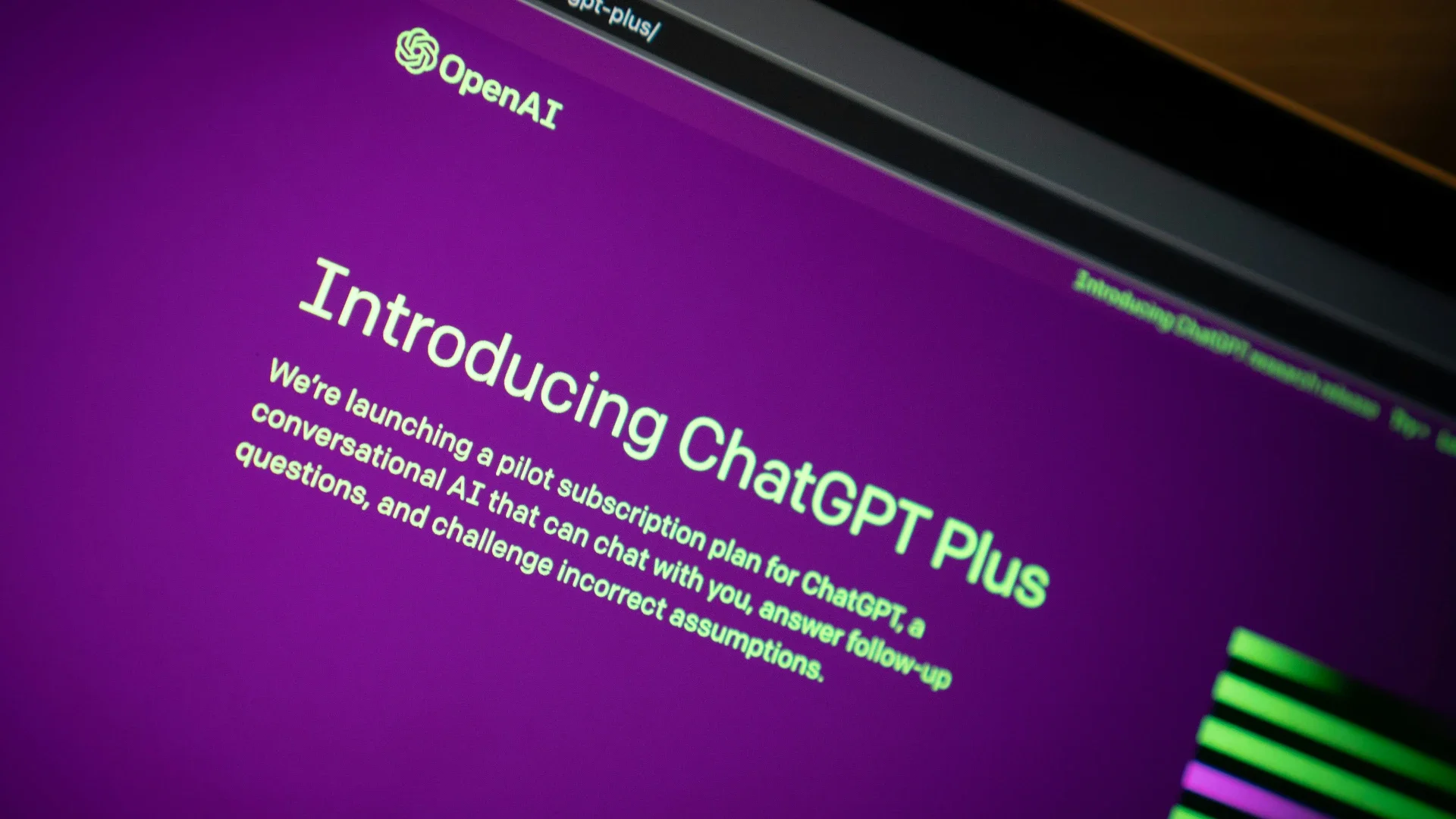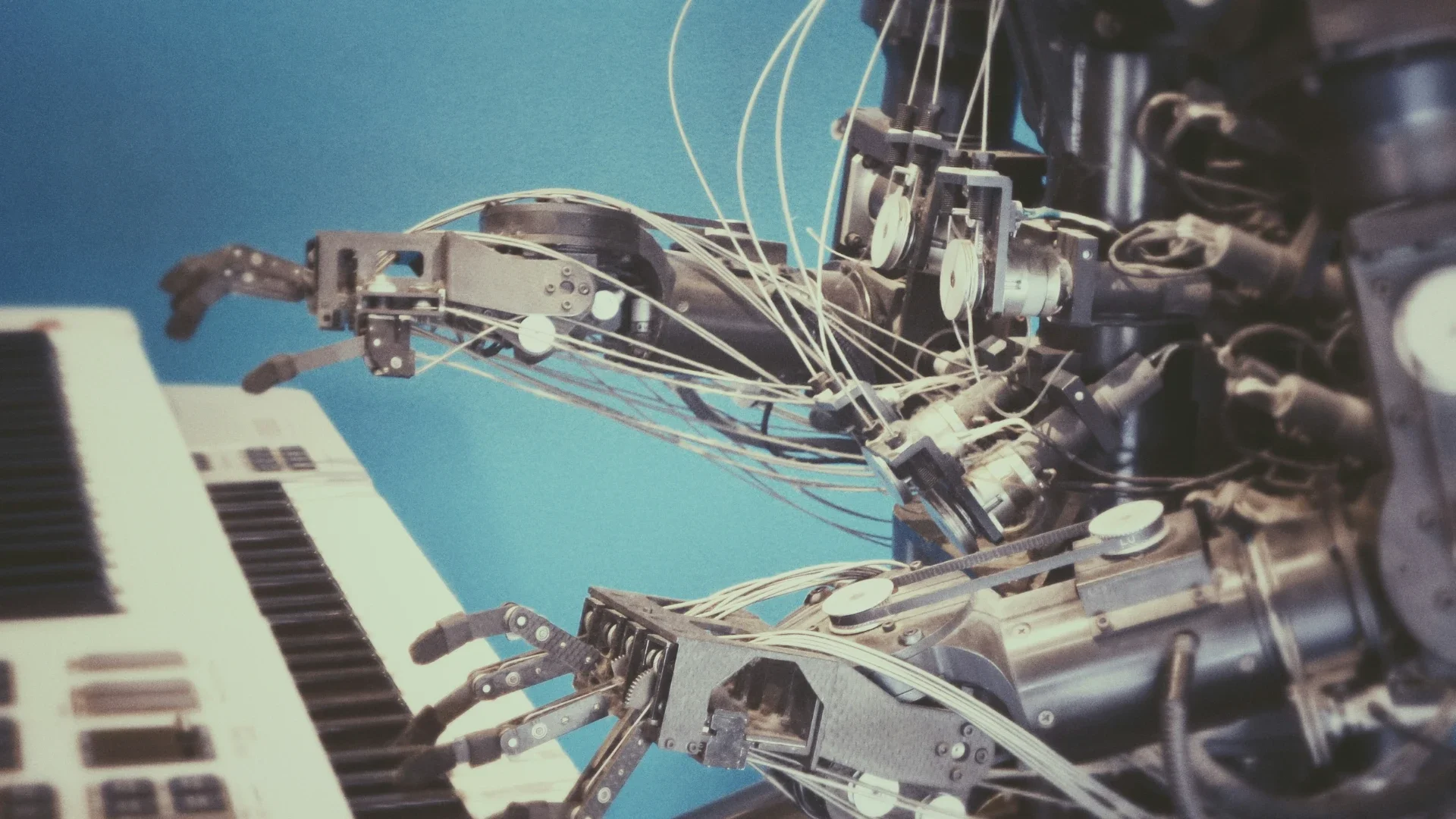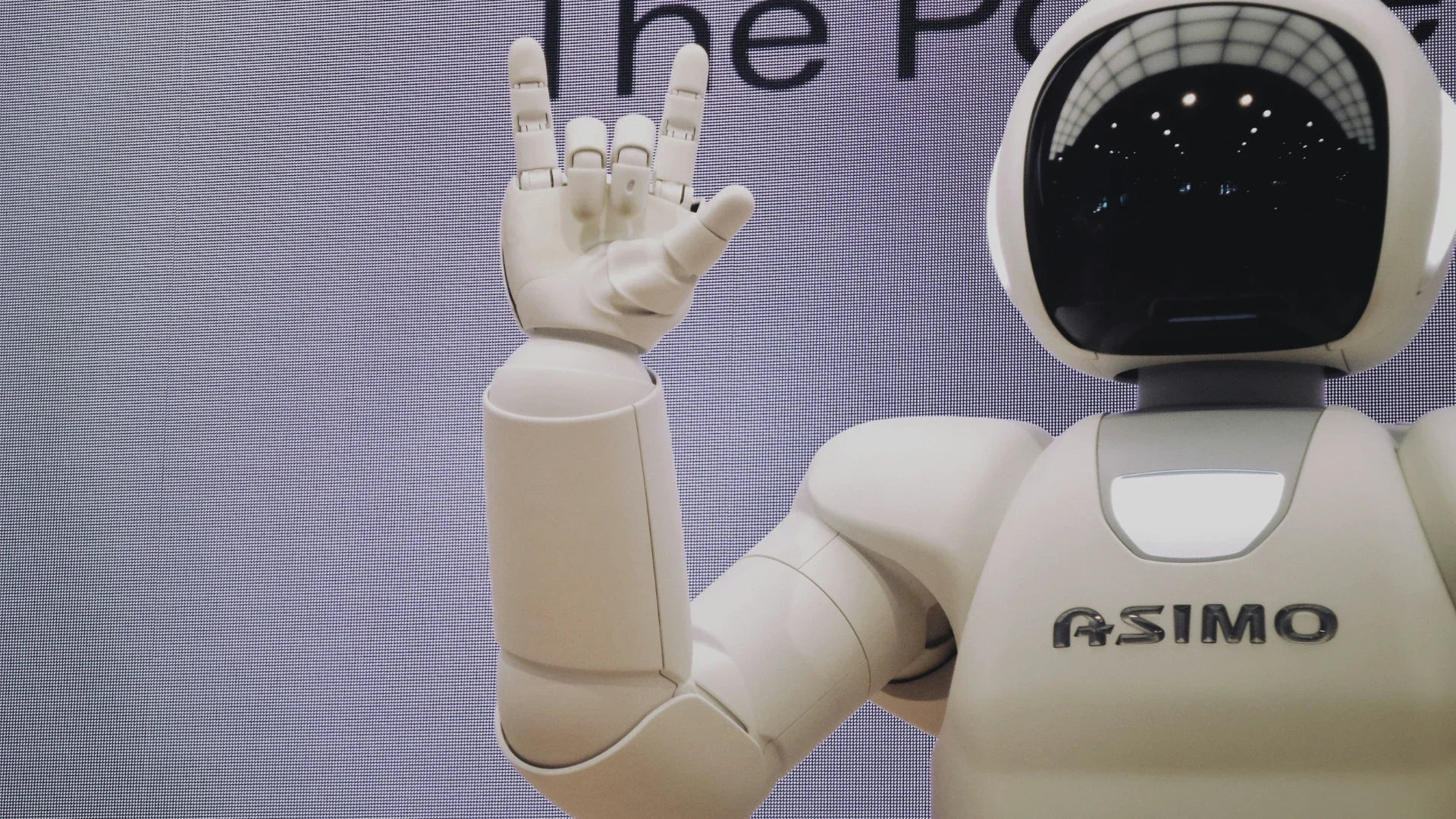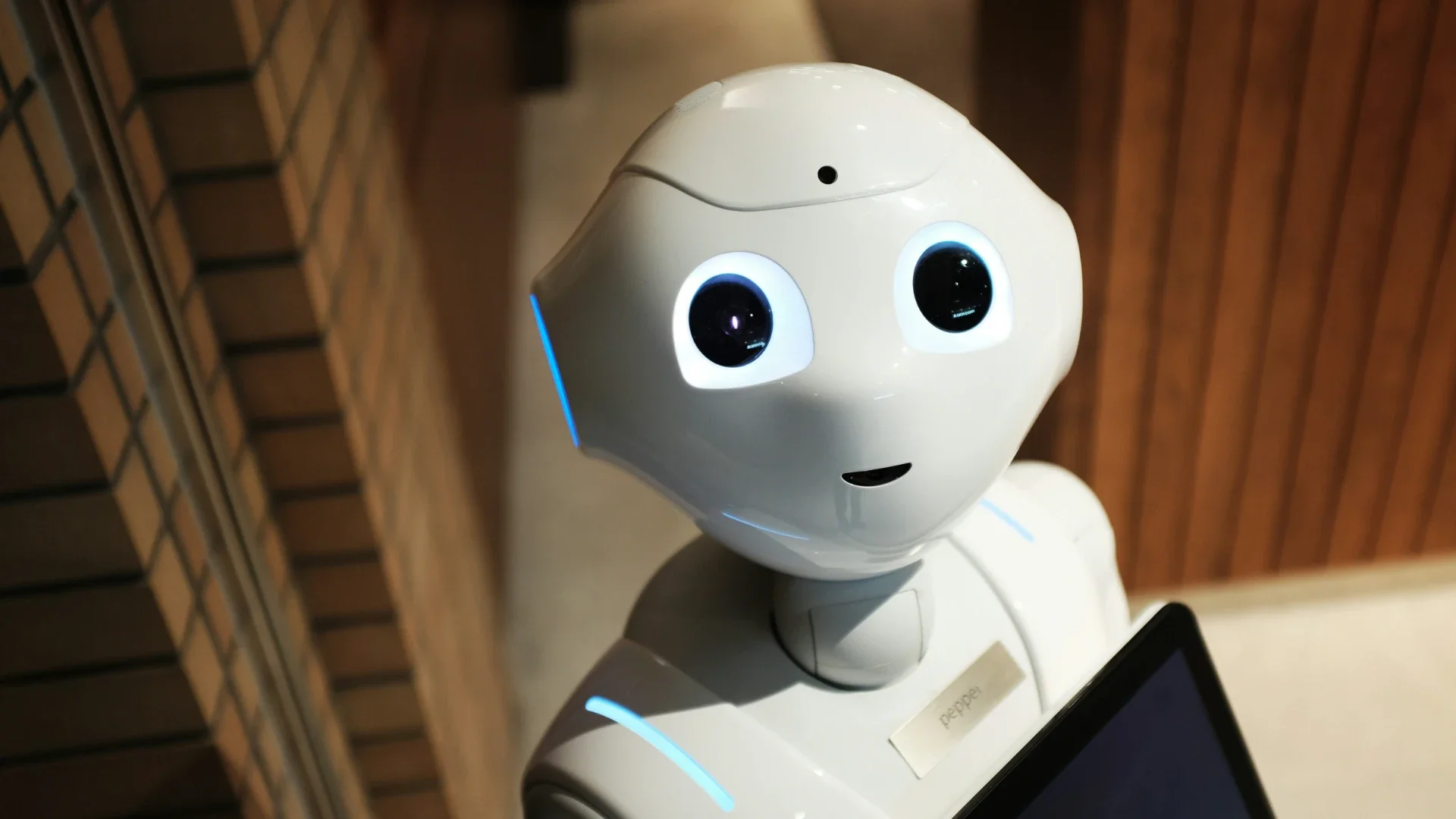
AI Decoded: ChatGPT, Copilot, and Everything You Thought You Knew About Artificial Intelligence
- Jackson Whitmore
- Technology , Artificial intelligence
- August 13, 2025

Ever Wondered What AI Really Is? Let’s Chat.
Alright, let’s be honest. When you hear “Artificial Intelligence,” does your mind immediately jump to sci-fi movies with robots taking over, or maybe just your phone’s voice assistant? You’re not alone. AI has been the stuff of wild imagination for decades, but now it’s firmly planted its digital feet in our real world. And trust me, it’s way more interesting (and less dramatic, usually) than the movies make it out to be.
But here’s the thing: AI isn’t just for tech gurus or Hollywood blockbusters anymore. It’s woven into your daily life, often in ways you don’t even notice. From the moment your alarm goes off (maybe an AI-powered smart speaker?), to your morning commute (AI optimizing traffic lights?), to your evening Netflix binge (AI recommending your next show!), it’s everywhere.
So, what is this elusive thing we call AI? Imagine teaching a computer to think, learn, and solve problems, just like a human. That’s AI in a nutshell! It’s about building smart tools that can do things that usually require human brains – like understanding what you say, recognizing faces in photos, or even recommending your next favorite song. It’s not about creating a sentient robot overlord (relax, we’re not there yet!), but about making our lives easier, more efficient, and sometimes, just plain cooler. Think of it like giving computers superpowers for specific tasks. And by the end of this article, you’ll have a much clearer picture of what AI is, how it works, and why it’s such a big deal for all of us. Ready to dive in?
A Whirlwind Tour Through AI’s Past (No Time Machine Required)

Believe it or not, the idea of intelligent machines isn’t new. People have been dreaming about it for centuries! But the actual term “Artificial Intelligence” was coined way back in 1956 at a workshop in Dartmouth. For a while, AI had its ups and downs – sometimes it was super hyped, then things would quiet down (we called these “AI winters” because the excitement, and funding, froze up). But then, boom! The 21st century arrived, we started collecting tons of data, and computers got super fast and affordable. Suddenly, AI was back with a vengeance, and it’s been a wild ride ever since, hasn’t it?
Not All AI Is Created Equal: A Quick Classification
You know how there are different types of coffee? Espresso, latte, cold brew… AI’s kinda like that. There are different “strengths” or categories, and understanding them helps demystify the whole thing.
The Workhorse: Narrow AI (Weak AI)

This is the AI you interact with every single day, probably without even realizing it. Ever asked Siri or Google Assistant a question? That’s Narrow AI. Ever gotten a movie recommendation on Netflix that was just what you wanted to watch? Yep, Narrow AI again. Even the way your email sorts out spam? You guessed it.
Narrow AI is brilliant at one specific task. Think about popular tools like ChatGPT, which can write amazing stories or answer complex questions, or Google Assistant helping you find the nearest coffee shop, or even GitHub Copilot suggesting code as you type. They’re incredibly powerful within their domains, but here’s the kicker: ChatGPT can write a killer essay, but it can’t then go make you a gourmet meal or beat the world’s best chess player (unless it’s specifically trained for that, of course). It’s super powerful at what it does, but it has zero understanding or consciousness beyond that. Think of it as a highly specialized tool, like a super-smart screwdriver that can only turn one type of screw.
The Holy Grail (and the Headache): General AI (Strong AI)
Now, this is where the sci-fi stuff comes in. General AI, or AGI, is what we’re talking about when we imagine machines with human-level intelligence across all cognitive tasks. It could learn, reason, solve problems, understand complex language, and even feel emotions (theoretically). It’s the kind of AI that could genuinely hold a conversation with you about philosophy, then pivot to designing a skyscraper, and then write a bestselling novel.
Are we there yet? Nope. Not even close. AGI is still largely theoretical, a monumental challenge that keeps the brightest minds in AI up at night. But hey, a little dreaming never hurt anyone, right?
The Stuff of Nightmares (or Utopias): Superintelligence

If AGI is human-level, then superintelligence is… well, super. It’s AI that surpasses human intelligence in every single way, from creativity to problem-solving to social skills. This is where the ethical debates really heat up, because if an AI becomes smarter than us, what then? It’s a fascinating, terrifying, and utterly speculative concept that reminds us why responsible AI development isn’t just a buzzword.
The Secret Sauce: How AI Actually “Thinks”
So, how do these machines pull off their magic tricks? It’s not actual magic, of course. It’s a blend of clever algorithms and mountains of data.
Machine Learning: The Art of Learning from Experience
Imagine you’re teaching a little kid to identify cats. You show them a bunch of pictures of cats, pointing out their pointy ears, whiskers, and swishy tails. Then you show them pictures of dogs, explaining why they’re not cats. Eventually, the kid learns to spot a cat on their own, even if they’ve never seen that particular cat before.
Machine Learning (ML) is pretty much that, but for computers. We feed them vast amounts of data – like millions of pictures, or tons of written text, or endless numbers – and special computer programs (algorithms) help them find patterns. They learn to make predictions or classify things without us having to tell them every single rule. It’s how Netflix knows what movie you’ll probably want to watch next, or how your email filters out all that annoying spam. It’s all about learning from experience, just like us humans do!
Deep Learning: The Brainy Cousin of ML

If Machine Learning is like teaching one kid, then Deep Learning (DL) is like teaching a whole team of super-smart kids, where each one focuses on a tiny piece of a big puzzle. They use something called “neural networks,” which are basically computer systems built to mimic how our own brains work, with many interconnected “layers” that process information. Think of it like a super-complex filter system, where each layer refines the information a little more.
DL is behind some of the most mind-blowing AI stuff we’ve seen lately: those amazing apps that can recognize faces in photos, the AI that can write incredibly natural-sounding text (like the very words you’re reading, perhaps?), and even the tech that helps self-driving cars “see” the road. It’s incredibly powerful, but it needs a lot of data – like, a truly staggering amount – to really shine.
Natural Language Processing (NLP): When Computers Start Talking (and Listening)
Ever chatted with a customer service chatbot online, or used Google Translate to figure out a menu in a foreign country? That’s Natural Language Processing (NLP) at work! It’s the part of AI that teaches computers to understand, interpret, and even generate human language. It’s a monumental task, because our language is full of quirks, slang, and double meanings. For example, if I say, “I saw a man with a telescope,” was the man holding the telescope, or was he looking through it at a man? See? Context is everything, and NLP tries to figure that out so computers can “talk” to us like real people.
Computer Vision: Giving Machines “Eyes”
This is exactly what it sounds like: teaching computers to “see” and understand what’s in images and videos. Think about how your phone can now recognize your friends’ faces in photos, or how self-driving cars can spot other cars, pedestrians, and traffic lights. Computer vision is transforming how machines interact with the visual world, making everything from security cameras smarter to helping robots navigate complex environments. It’s pretty much giving machines “eyes” and a brain to go with them!
Robotics: AI with a Body

When AI gets a physical body, you’ve got robotics. This isn’t just about building a cool metal arm that can pick things up; it’s about combining AI’s “brain” with a robot’s “body” so it can perform tasks in the real world. Think about those giant robotic arms in car factories, or tiny surgical robots assisting doctors, or even those vacuum cleaners that map your house and clean on their own. AI gives these machines the smarts to move, interact with their surroundings, and adapt to new situations. They’re not just following commands; they’re making intelligent decisions!
AI in the Wild: Where It’s Making Waves
AI isn’t just for tech giants anymore. It’s quietly (and sometimes loudly) revolutionizing almost every industry you can think of.
- Healthcare: Imagine AI helping doctors spot diseases earlier (like analyzing X-rays for tiny clues), discovering new medicines faster, or even creating personalized treatment plans just for you. It’s happening right now!
- Finance: AI is like a super-sleuth for banks, catching fraud before it happens, helping traders make smart decisions, and even giving you personalized financial advice.
- Transportation: Self-driving cars are the big one, sure, but AI is also making traffic lights smarter to reduce jams and helping delivery companies plan the fastest routes.
- Retail: Ever wonder how Amazon or Netflix knows exactly what you want to buy or watch next? That’s AI’s recommendation engine at work! It’s also helping stores manage their inventory and powering those helpful customer service chatbots.
- Entertainment: AI is even getting creative, dabbling in generating music, helping screenwriters brainstorm ideas, and of course, making your streaming experience feel tailor-made just for you.
- Education: AI can create personalized learning paths for students, identify areas where someone might be struggling, and even help teachers grade assignments faster. It’s like having a super-smart tutor for everyone!
- Smart Homes: Your smart speaker, thermostat, or even your robot vacuum cleaner? All powered by AI, learning your habits to make your home more comfortable and efficient.
The Elephant in the Room: Ethics and Challenges
Okay, so AI is amazing. But like any powerful technology, it comes with its own set of thorny questions. And we’d be foolish to ignore them.
- Job Worries: Will robots take all our jobs? It’s a valid question, and while new jobs often pop up, the shift can be tough for some. It’s something we need to think about and plan for.
- Fairness and Bias: Imagine an AI that helps decide who gets a loan or a job. If that AI learns from old data that had unfair biases (and let’s face it, human data often does!), then the AI itself can become unfair. This is a huge challenge, and researchers are working hard to make AI fair for everyone.
- Privacy: AI loves data – the more, the better! But that brings up big questions: Whose data is it? How is it being used? And how do we keep it safe from bad actors?
- Who’s Responsible?: If an AI makes a mistake, who’s to blame? The person who programmed it? The company that deployed it? Or the AI itself? (Okay, maybe not the AI itself… yet!) This “accountability” question is a tricky one.
- The “Black Box” Problem: Sometimes, especially with really complex AI like deep learning, it’s hard to understand why the AI made a particular decision. It’s like a black box – you see the input and the output, but not the inner workings. This lack of transparency can be a big problem in important areas like healthcare or law.
- Safety: As AI gets more powerful, especially in things like self-driving cars or even military applications, ensuring it’s safe and won’t cause harm is absolutely critical.
These aren’t easy questions, and there are no simple answers. But having these conversations now is crucial for building a future where AI serves humanity, not the other way around.
The Road Ahead: What’s Next for AI?

So, where are we headed with all this? The future of AI isn’t just about one giant, sci-fi-level breakthrough. It’s more about continuous, steady advancements that will weave AI even deeper into our daily lives, often in ways we won’t even notice.
Expect to see more Explainable AI (XAI), which means AI systems that can actually tell us how they made a decision, not just what the decision was. We’ll also see AI becoming even more personalized, adapting to our individual needs and preferences in ways that feel almost magical. And those ethical discussions we just talked about? They’re only going to get louder and more important as AI becomes more integrated into society.
Ultimately, AI isn’t just a fancy tool; it’s a mirror. It reflects our data, our biases, and our biggest dreams. The journey from simple algorithms to truly autonomous intelligence is a long one, filled with incredible potential and significant challenges. But one thing’s for sure: it’s going to be an interesting ride, and we’re all along for it!
Final Thoughts: Embrace the Future, Responsibly
Artificial Intelligence is no longer a futuristic fantasy; it’s a present-day reality that’s reshaping our world at an astonishing pace. From the humble algorithms that power your daily apps to the complex systems driving autonomous vehicles, AI is here to stay.
It’s a powerful force, capable of solving some of humanity’s most pressing problems, but it also demands our careful consideration and responsible development. So, next time you interact with an AI, take a moment to appreciate the intricate dance of algorithms and data that makes it all possible. And maybe, just maybe, ask it if it wants a coffee. You know, just in case.
Curious about other cutting-edge tech that’s changing the game?
If you enjoyed this article, you might also like these deep dives into other innovative technologies:
- For the DIY Tech Enthusiast: Framework Laptop 12: Redefining Personal Computing with Modularity and Sustainability
- For the Smart Home & Garden Guru: MAMMOTION LUBA 2 AWD Robotic Lawn Mower

